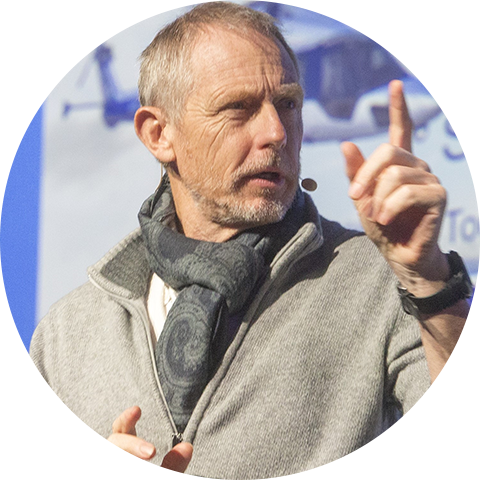Do teams really exist at the top of organisations?
I ran my first team building event in 1987 in the UK, it was for a very operational team with concrete & tangible deliverables.
In the following years I ran team building events for sports teams, design teams, project teams, delivery teams, investigation teams …. all the teams I worked with had similar characteristics; on the “operational” side they had concrete & tangible deliverables, milestones to meet, budgets to respect and specifications to satisfy, and, on the “human” side, team members had been selected and, generally, wanted to be part of the team.
In around 1996 (and now in France), I became interested with a colleague (@jean-claude merlane) in applying teambuilding to senior leadership / management teams; inspired by the work of Jon Katzenbach on “The Myth of the Top Management Team”, we created an approach called “Synergie d’équipe de direction” which included a team performance audit, a two and half day’s seminar based around the results of the audit and then follow up half-day “in-house” workshops over a twelve month period.
We worked with senior teams (CEOs and their direct reports) from the fashion Industry, aeronautics, industrial maintenance, satellite imaging, clinics, medical supplies, the food industry ……. and our approach clearly had an impact on the way the team members interacted.
However, there was always the question of “what does the team actually do?”; not “what do the team members do?”; that was clear, the Head of Production looked after production, the Head of Marketing looked after marketing, the Head of HR looked after HR, etc.
It was always difficult to find the concrete & tangible “collective” purpose and deliverables that were expected of the team; many CEOs often fell into the “all my direct reports” fallacy.
A frontline team in a production environment can relatively easily articulate a meaningful purpose, whereas team purpose at the top always seemed more abstract, “improve the company’s performance” or “implement the company’s strategy, for example.
Concrete & tangible performance goals were hard to articulate; again, teams at lower levels of the organisation had milestones to meet, tests to carry out, critical paths to respect and cost envelopes to respect. Setting longer term collective & transversal objectives for the executive teams was often difficult, and rarely created a sense of engagement and urgency.
The team composition was always an issue for us, team members were part of the team because of their “formal” and/or “functional” role within the company. Team members were not “chosen” to be part of the senior team, they became de facto members because they had attained a certain position within the company – in fact many were only interested in their functional role and sometimes lacked the ability to explore solutions to transversal issues.
These issues clearly still exist today. I was asked recently to meet with an SVP to discuss a potential teambuilding approach for him and his team; when I asked why the team existed, the answer was, “they are my direct reports and I need to know what is going on”. In another team, during the preparation phase interviews, it was clear that many of the “Heads of” were more concerned about their functional responsibilities and found it difficult to find time for the senior team meetings.
When I look further afield at senior political teams for example, it invariably seems to be a Prime Minister or President with his or her direct ministers; he or she may talk about his or her team, but it is often very difficult to identify team oriented behaviours.
So, all of these brings me back to my initial question, do teams at the top really exist, or are they groups of individuals masquerading as teams?

I help people to develop their interpersonal skills, usually within a leadership or teamwork context. If you are looking to develop your leadership, I might be able to help. I’ve been doing this for almost 40 years; roughly four thousand days of seminars, workshops, conferences, coaching, offsites, webinars, etc. – put back-to-back that makes almost ten “full” years.



